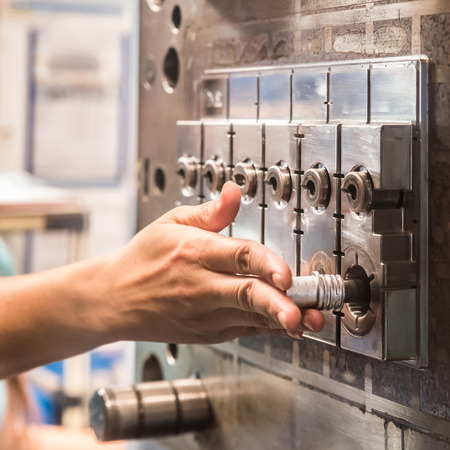Monday, October 23, 2017

There are different techniques available for molding rubber. Each of these techniques relies on a combination of heat and pressure. Three of the most common methods are injection molding, transfer molding, and compression molding.
Injection Molding
Rubber injection molding starts with a rubber material that is known as gum stock. The gum stock is stored in a pressurized tank before being sent to the injection molding machine through an injection barrel and nozzle. The gum stock is injected into a heated mold that remains closed throughout the molding process. The rubber part is removed from the mold once it has cured.
Transfer Molding
Rubber transfer molding is accomplished with rubber material stored in a transfer tank that is then pushed into the mold by a piston. Once the rubber has been transferred into the mold it is cured by heat and pressure. Despite the similarity in methods, transfer molding is often a less expensive process than injection molding.
Compression Molding
Rubber compression molding is accomplished by placing a preformed rubber blank into the mold, and then compressing the mold to form the rubber into the desired shape. As the rubber is pressed into the mold, excess material is allowed to escape. Finally, the newly formed rubber part is cured using heat and pressure.
Lowrance Machine has been serving our customers’ needs for engineering, reverse engineering, and machining of rubber molds for more than 50 years. We are able to assist with injection, transfer, and compression rubber molds. Contact us at 281-449-6525 to learn more about our mold services or to request a quote.
